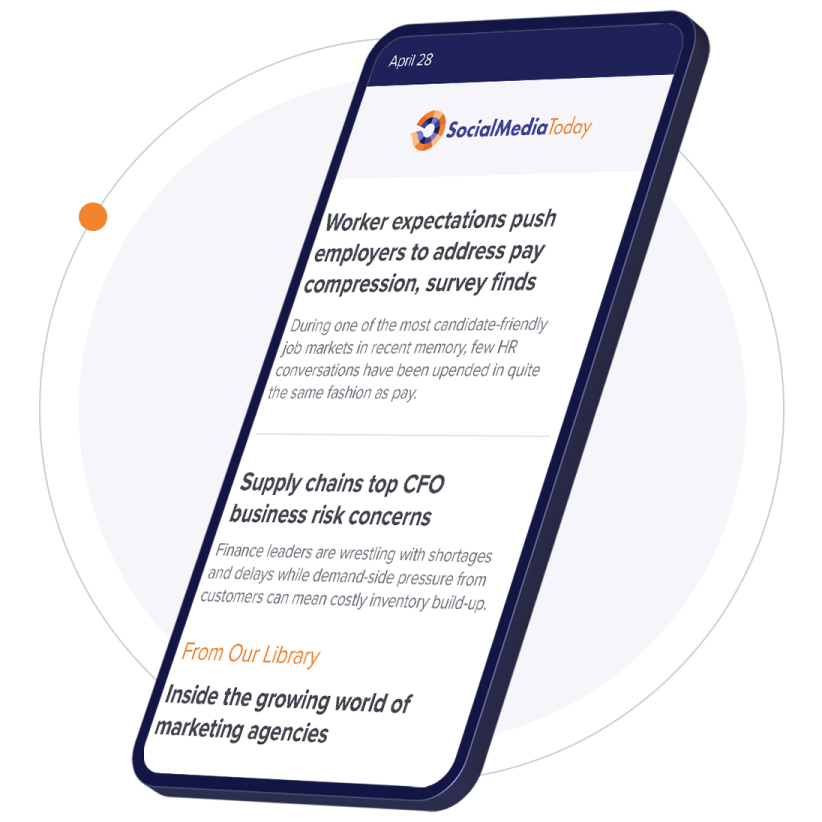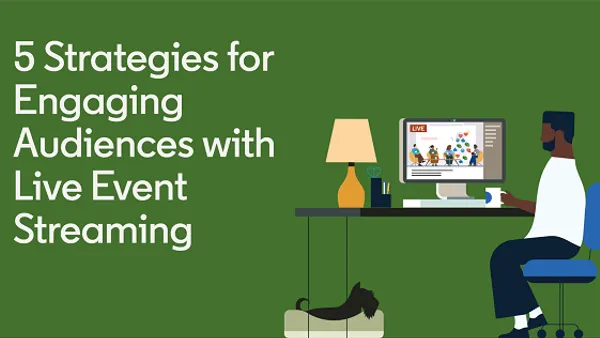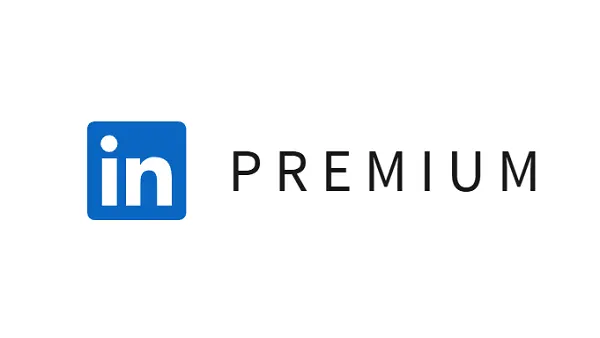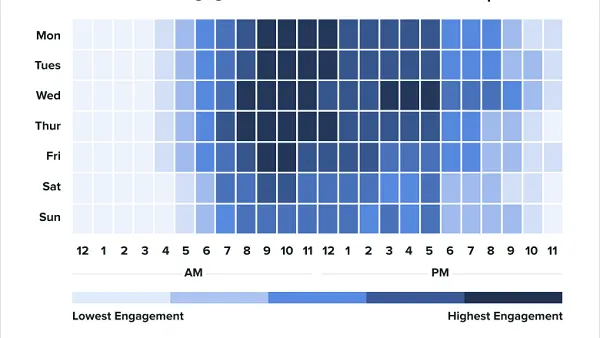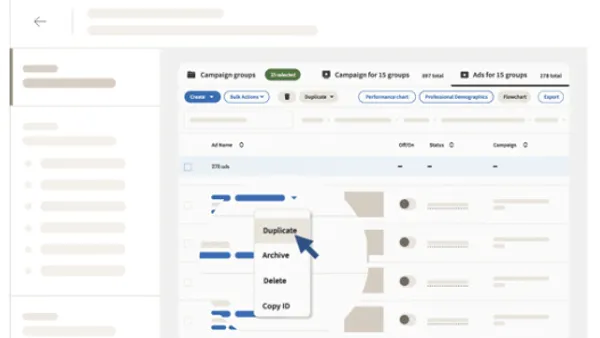One of the more annoying elements of LinkedIn’s performance reporting is the lack of context that it provides for its data points.
For some reason, ever since the platform was acquired by Microsoft back in 2016, LinkedIn has opted to only provide part of the story for all of its reported metrics.
For example:
- LinkedIn reports “record engagement” in every single one of its quarterly updates (included within Microsoft’s reports), but it provides no context as to what that actually means.
- LinkedIn gives you notifications of how many views your posts generated within a certain time period, but it provides no data on how that compares to other users.
- LinkedIn reports total members, which has now exceeded a billion, but that’s almost meaningless, as it doesn’t reflect active users.
The last point is probably the most relevant, because marketers want to know how many people are actually using the app. How active they are is also relevant (the first point), but at the least, knowing how many people are actively logging in and engaging in the LinkedIn feed every day would be valuable context.
LinkedIn used to report this, in the days before Microsoft took over. But now, it’s a small part of the bigger MSFT machine, which means it doesn’t need to provide granular data.
So we have to refer to estimates to work this out, and probably the best indicator we have is LinkedIn’s EU active user data, which it has to report every six months as part of its obligations under the Digital Services Act (DSA).
And it provided its latest update on this last week.
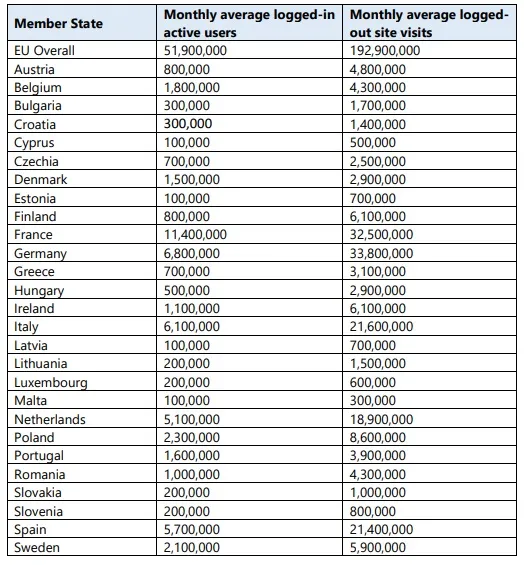
As you can see in this overview, LinkedIn had an estimated monthly average of 51.9 million logged-in EU users between January and June this year. That’s an increase of 4 million on the logged in user numbers it reported back in April, which was a 2.7 million user increase on its previous report. So LinkedIn’s steadily adding users in the region. Not a heap, but it is growing in EU.
But that also gives us some context as to how many people are actually using LinkedIn, because we also have data on total member counts in each region.

Matching these numbers up, LinkedIn currently has:
- 184 million members in Europe
- 51.9 million logged in monthly users in EU
That means that around 28% of LinkedIn’s members in the region are actively logging into the platform regularly.
Now, that’s not the full story, because as LinkedIn has listed in its data, it also sees a lot of logged out user visits, and that could also contribute to its user count, right? But that's not how every other app counts active users. Meta, for example, defines an active user as "a registered and logged-in user" within the measurement period. So when Meta reports 3 billion users across its family of apps, that figure does not include "logged out site visits."
As such, if we were using this as a comparative number, only 28% of LinkedIn's member base in Europe is active in the app.
If you were to assume that usage level carries over to other regions, that would mean that LinkedIn would currently have around 280 million monthly active users (28% of 1 billion members). Assuming that EU usage is maybe a little down on other parts of the world, you could maybe bump that up to 300 million monthly actives, but I wouldn't go way higher than that, as I don't see why EU usage would be significantly down on, say, the U.S. or Asia.
So while LinkedIn would prefer to report the much better sounding “one billion members”, from what we do know, based on its transparency reports, its actual number of active, logged in users is a lot lower.
How does that impact your ad planning? Well, maybe if you can’t reach as many people as you thought, that could make you re-think your LinkedIn approach, but then again, the platform’s audience is unique, and you’re unlikely to reach a lot of them anywhere else (at least not within one campaign). But it does add some comparative perspective, in the broader social media sphere, and that may contribute to your thinking.
So maybe relevant, maybe it doesn't mean a heap, and really, the only actual data that matters is your ad and content performance, and the audience that you reach in the app.
But if you wanted more context than LinkedIn provides, as it remains resistant to such, this may help.
Thanks again to Xavier Degraux for the heads up on the latest reports.


